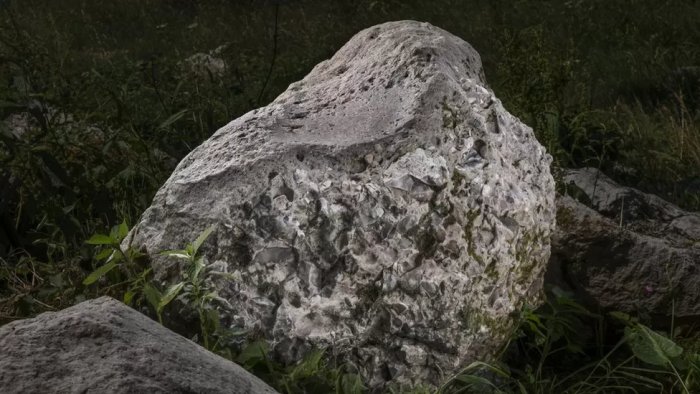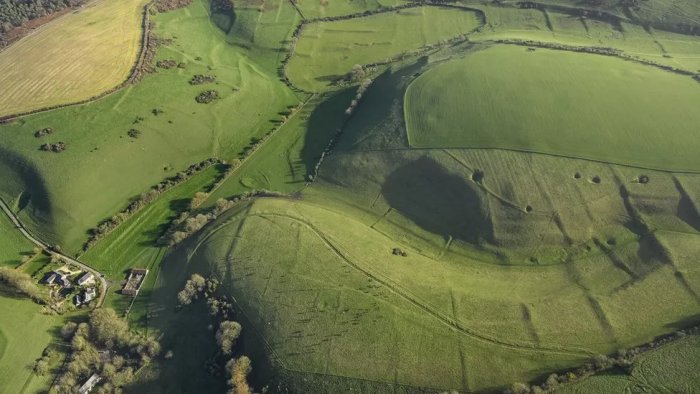Jan Bartek – AncientPages.com – Archaeologists have discovered a “polishing boulder” in the Valley of the Stones near Dorchester, UK.
The discovery was made in the designated Area of Outstanding Natural Beauty during a heritage project run by community interest company Past Participate.

Neolithic people used this stone to polish tools. Image credit: Historic England Archive
The stone was used to make stone axe heads more than 5,000 years ago. Scientists say the discovery was unexpected.
“The stones would have been extremely important to Neolithic people, as without axes they could not have cleared woodland and farming would have been impossible,” Jim Rylatt, director of archaeology at Past Participate told the BBC.
There is no doubt this is a rare discovery, and one must keep in mind it is only the second undisturbed polissoir to be found in its original position in England.
It has been decided not to move the boulder to a museum. It will remain at the place where it has been all this time while the area around it is excavated.
“The boulder is formed of sarsen stone, a hard form of sandstone that was also used to build Stonehenge.
Sarsen boulders are found across southern England, but out of nearly 1,000 that have been examined by experts, very few are known to have been used for polishing stone tools.

The stone was found on a Site of Special Scientific Interest in West Dorset. Image credit: Historic England Archive
Following the discovery, the immediate area around the stone has been excavated for specialist analysis to see if any traces of the makers of the stone axes are still present,” the BBC reports.
There is archaeological evidence showing Neolithic people took great care of their tools. Archaeologists have found many polished stone tools (axeheads), but now scientists better understand how these Neolithic tools were kept in working condition.
Researchers have previously discovered a giant 4,500-year-old axe grinding site in Scotland. Neolithic toolmakers used this site like a giant whetstone to polish axes.
The recently unearthed axe grinding site represents Scotland’s largest concentration of Neolithic axe grind points and one of only two known Scottish polissoir sites.
See also: More Archaeology News
Experts believe people may have traveled for miles to smooth or sharpen axes at the sites. There is currently little data about the polishing boulder in Dorset, but maybe the impressive stone was also used by a large number of Stone Age people.
Written by Jan Bartek – AncientPages.com Staff Writer





